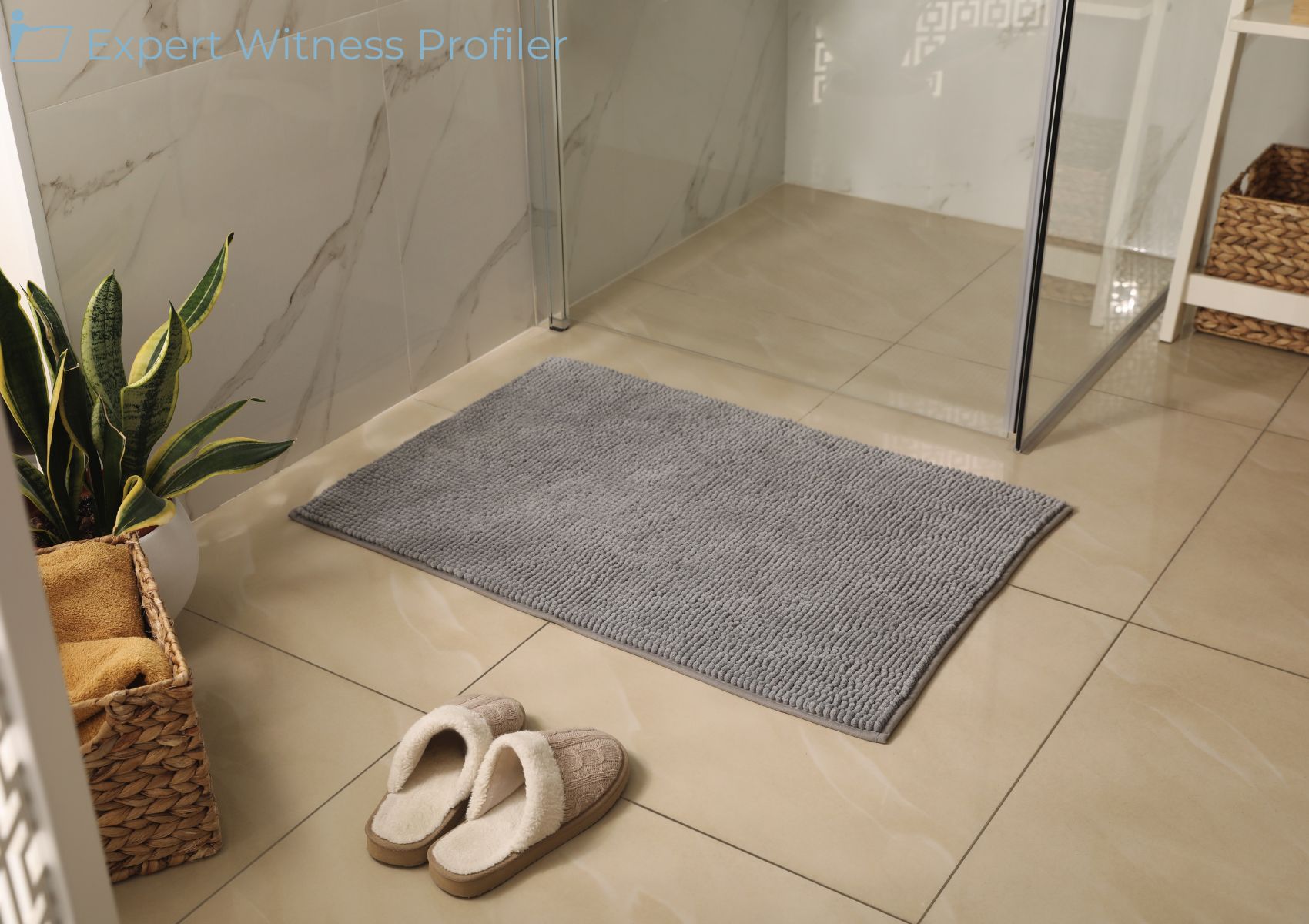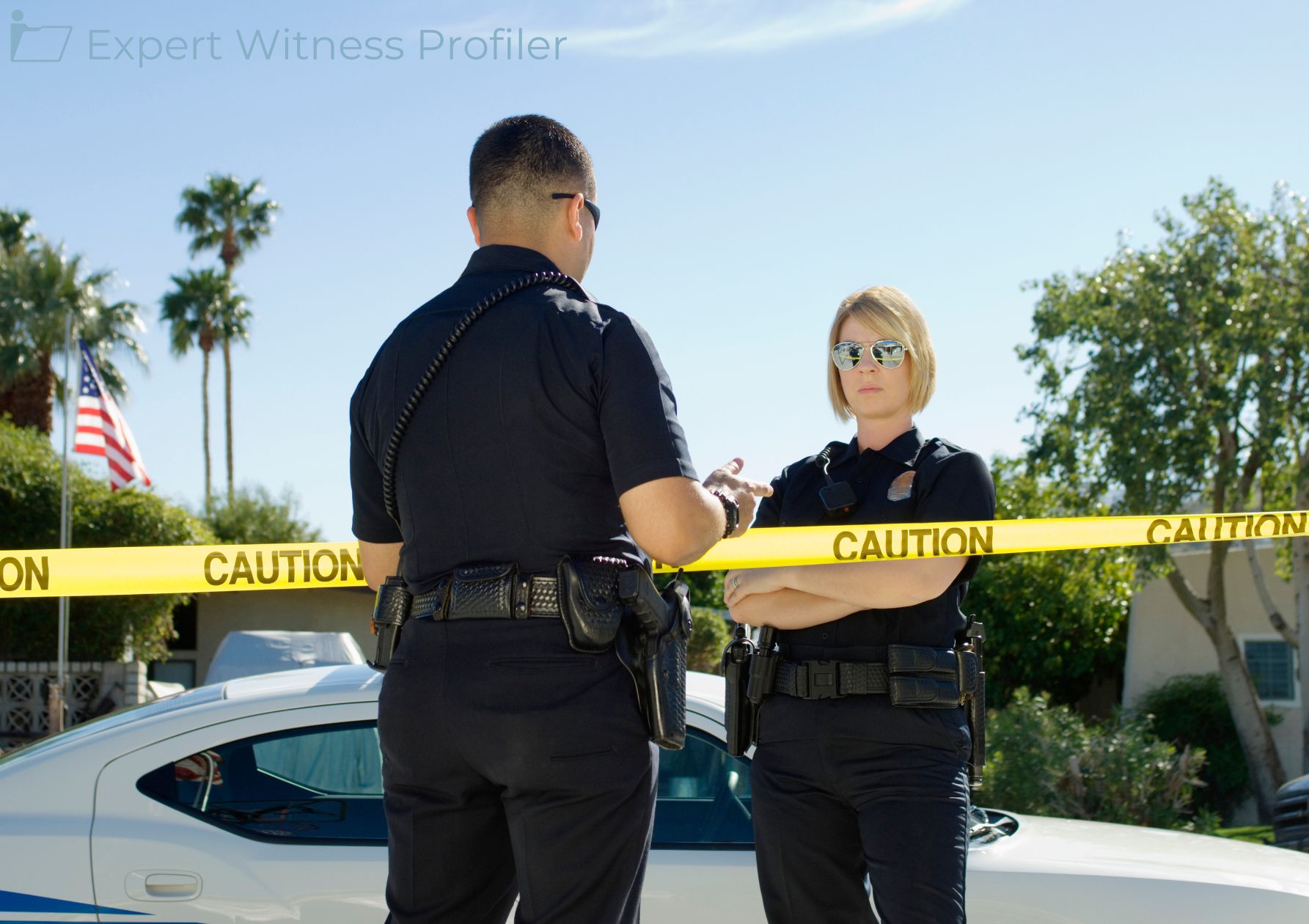Architecture Expert Witness Fails to Establish the Reliability of his Stability Testing Methodology
Posted on April 23, 2024 by Expert Witness Profiler
A district judge in Louisiana limited the testimony of a renowned architect, citing a complete failure to explain the origin of his methodology or to point to scientific support for the technique that reliably predicts the likelihood that a canopy on display in a store is dangerous, despite his years of experience.
To begin with, the Plaintiff alleged that she sustained personal injuries after a canopy purportedly fell off of the shelf and struck her on the back of her neck and head while she was visiting Academy store number 171 located in Metairie, Louisiana.
To attempt to prove that the canopy display was dangerous in a manner that caused the Plaintiff to be injured, the Plaintiff retained Mark E. Williams, a licensed architect and professional litigation consultant.
Williams had two primary opinions. First, Williams opined that the vertical display of the canopies was unreasonably dangerous. Second, Williams opined that the unreasonably dangerous display of the canopies caused the Plaintiff to be struck and injured.
Academy argued Williams had no relevant experience in the retail industry and, thus, was “plainly not qualified” to testify or offer any opinions regarding retail safety. Academy further contended Williams’ methodology was neither scientific nor reliable as required under Daubert; Williams’ opinions will not assist the trier of fact in understanding the evidence or determining a fact at issue as required by Federal Rule of Evidence 702; and Williams’ opinions on causation should be excluded given his lack of medical expertise and because allowing him to testify about the ultimate issue would permit him to invade the province of the jury. Finally, Academy asserted, Williams should not be allowed to offer any testimony as to Academy’s overall store sales because this information is irrelevant in this falling merchandise lawsuit.

Architecture Expert Witness
Mark E. Williams is a broadly experienced registered architect. He has had a diverse career that includes the design and construction of fast-food restaurants, postal facilities, multi-family residential developments, hotels and motels, nursing home and assisted living facilities. Williams provides technical investigations, analysis, reports, and testimony for failure analysis, and towards the resolution of commercial and personal injury litigation involving slip, trip, and fall injuries, code compliance, accessibility, construction claims and disputes, aspects of property management, construction materials, and architectural professional liability.
He is licensed in multiple states throughout the Southeast and is certified by the National Council of Architectural Registration Boards.
Discussion by the Court
Williams’ report offered eight opinions:
1. The canopy display with unrestrained carry bags placed upright was dangerous in a manner that caused Rome to be struck and injured.
2. The canopy display with unrestrained carry bags placed upright was dangerous because it posed a hazard to shoppers browsing merchandise that violated nationally recognized standards for safe retail displays.
3. Displaying the canopy bag with the base inverted placed the wheels pointed up, which increased the likelihood that it would lean, become unstable, and topple off the shelf, particularly if unrestrained.
4. The lack of any guard or restraining device at the canopy display made it foreseeable that the upright carry bag would topple off the shelf and strike Rome.
5. Reasonable periodic inspections of the store aisles in accordance with nationally recognized standards for safe retail practices would have reliably identified the dangerous canopy display that caused Rome to be struck and injured.
6. Those responsible for customer safety should have known that the canopy display of unrestrained carry bags placed vertically with the wheels pointed up was dangerous and taken appropriate measures to protect customers.
7. The failure of Academy Sports + Outdoors to comply with its Planogram for the canopy display violated corporate specifications for safety and exposed Rome to the dangerous condition that caused her to be struck and injured.
8. The failure of Academy Sports + Outdoors to maintain the canopy display in accordance with applicable safety practices of the retail industry violated the standard of care, and created the dangerous condition that caused Rome to be struck and injured.
Qualification as an Expert and Testimony Regarding Best Safety Practices
Academy argued that Williams’ review of best practices for retail displays did not render him an expert in that field, and the “best practices” Williams cited could be summarized as ensuring that merchandise was displayed safely.
To support its opinions regarding Academy’s canopy display vis-à-vis retail industry best practices, Williams reviewed, inter alia, the pleadings in this matter, Academy’s discovery responses and document production, surveillance videos, post-incident photographs, the National Safety Council’s Accident Prevention Manual for Business & Industry, Loss Control: A Safety Guidebook for Trades and Services, and safety publications and policies of other retailers.
Williams is a licensed architect whose education, training, and experience included the design and planning of commercial and retail buildings, including those containing shelving systems and palletized storage.
Although William did not have any credentials specific to the retail safety sector, the Court noted that his education and experience equipped him to assess and explain best safety practices.
Moreover, his synthesis of this information will assist the trier of fact in understanding safety standards in the retail space and whether Academy adhered to those standards.
Stability Testing Methodology
The Court considered three of Williams’ conclusions involving Academy’s placement and display of canopies to determine the reliability of Williams’ stability testing methodology.
Williams testified that he tested the stability of a 10-by-10 Easy Shade Canopy by weighing the object in two orientations multiple times, placing it horizontally and observing that it was stable, then placing it vertically on a hard surface and using a spring scale to apply force to the canopy to determine how much force was necessary to render the canopy unstable. Williams then placed the canopy on a hard surface for an extended period of time to confirm that the solid material of the canopy “conformed to the topography of the canvas bag,” which “added to the instability when it’s upright in a vertical position and not restrained.” The “exemplar canopy” that Williams used for his testing, unlike the canopy that purportedly struck Plaintiff, did not have wheels or feet.
Williams’ total failure to explain the origin of his methodology or point to some scientific support for the technique reliably predicting the likelihood that a canopy on display in a store is dangerous gave the Court, charged with the obligation of serving as a gatekeeper under applicable law, a great deal of pause and concern.
The methodology is unreliable in that Williams performed his test on a tent without wheels or feet, features he concluded would affect the stability of a vertically displayed canopy. Even if the Plaintiff met her burden to prove by a preponderance of the evidence that Williams’ methodology was reliable, she failed to demonstrate the relevance of Williams’ testimony.
Relevance
Williams’ testing of a canopy that did not have wheels and feet is irrelevant to the determination of whether the canopy that allegedly struck the Plaintiff, a canopy that had wheels and feet, was unreasonably dangerous based on its purported instability. Even if this mismatched analysis could provide the jury with an understanding of how the specific tent that struck Plaintiff may have fallen onto her, such an opinion is unnecessary.
A reasonable lay person, looking at a long, narrow object stood vertically, is capable of concluding how it might move based on an imbalance or applied pressure and can do so without a scientific explanation. The Court found this to be a matter of common sense, and common sense is the bailiwick and jurisdiction of the jury.
Causation
Defendant sought to preclude Williams from testifying about causation, specifically Williams’ conclusion about the allegedly dangerous design of the canopy display. Plaintiff has indicated that Williams will not testify about the extent of injuries Plaintiff allegedly sustained. However, the Court has not yet decided whether Williams may testify that Academy’s purportedly unsafe display of canopies caused one of them to fall and strike Plaintiff. Defendant argues that he may not because to do so is to invade the province of the jury by addressing the ultimate issue in this case.
The Fifth Circuit has made clear that Rule 704(a) “does not allow a witness to give legal conclusions.”
The final portion of Williams’ opinions about certain elements which caused Rome’s injuries cross into the realm of legal conclusions.
While Williams may testify about the potential danger of the canopy display due to its alleged non-compliance with the store’s planogram and industry best practices, the Court found he cannot state that such dangers caused the Plaintiff’s purported harm.
Academy’s Overall Sales
The Court deferred ruling on this issue, emphasizing the need to hear any potential testimony by Williams regarding Academy’s overall sales in context.
Held
The Court granted in part, denied in part, and deferred in part Academy’s motion in limine to exclude or limit the testimony of Mark E. Williams.
Key Takeaways:
- Williams’ curriculum vitae reflects over 30 years’ experience as an architect with responsibilities including quality assurance policy and procedure, code and technical research, and safety and security installations. Although William does not have any credentials specific to the retail safety sector, his education and experience well equips him to assess and explain best safety practices. His synthesis of this information will assist the trier of fact in understanding safety standards in the retail space and whether Academy adhered to those standards.
- Expert testimony is unnecessary where a jury can adeptly assess the situation using only their common experience and knowledge. A reasonable lay person, looking at a long, narrow object stood vertically, is capable of concluding how it might move based on an imbalance or applied pressure and can do so without a scientific explanation. The Court finds this is a matter of common sense, and common sense is the bailiwick and jurisdiction of the jury. That being the case, and given its lack of reliable methodology and relevance, the Court excluded Williams’ testimony regarding his testing of an exemplar tent.
- While courts must conduct the Daubert analysis “flexibly” and the factors identified therein “may or may not be pertinent in assessing reliability, depending on the nature of the issue, the expert’s particular expertise, and the subject of his testimony,” Williams’ total failure to explain the origin of his methodology or point to some scientific support for the technique reliably predicting the likelihood that a canopy on display in a store is dangerous gives this Court, charged with the obligation of serving as a gatekeeper under applicable law, a great deal of pause and concern.
Case Details:
| Case Caption: | Rome V. Academy Sports & Outdoors, Inc Et Al |
| Docket Number: | 2:22cv583 |
| Court: | United States District Court, Louisiana Eastern |
| Order Date: | April 15, 2024 |





